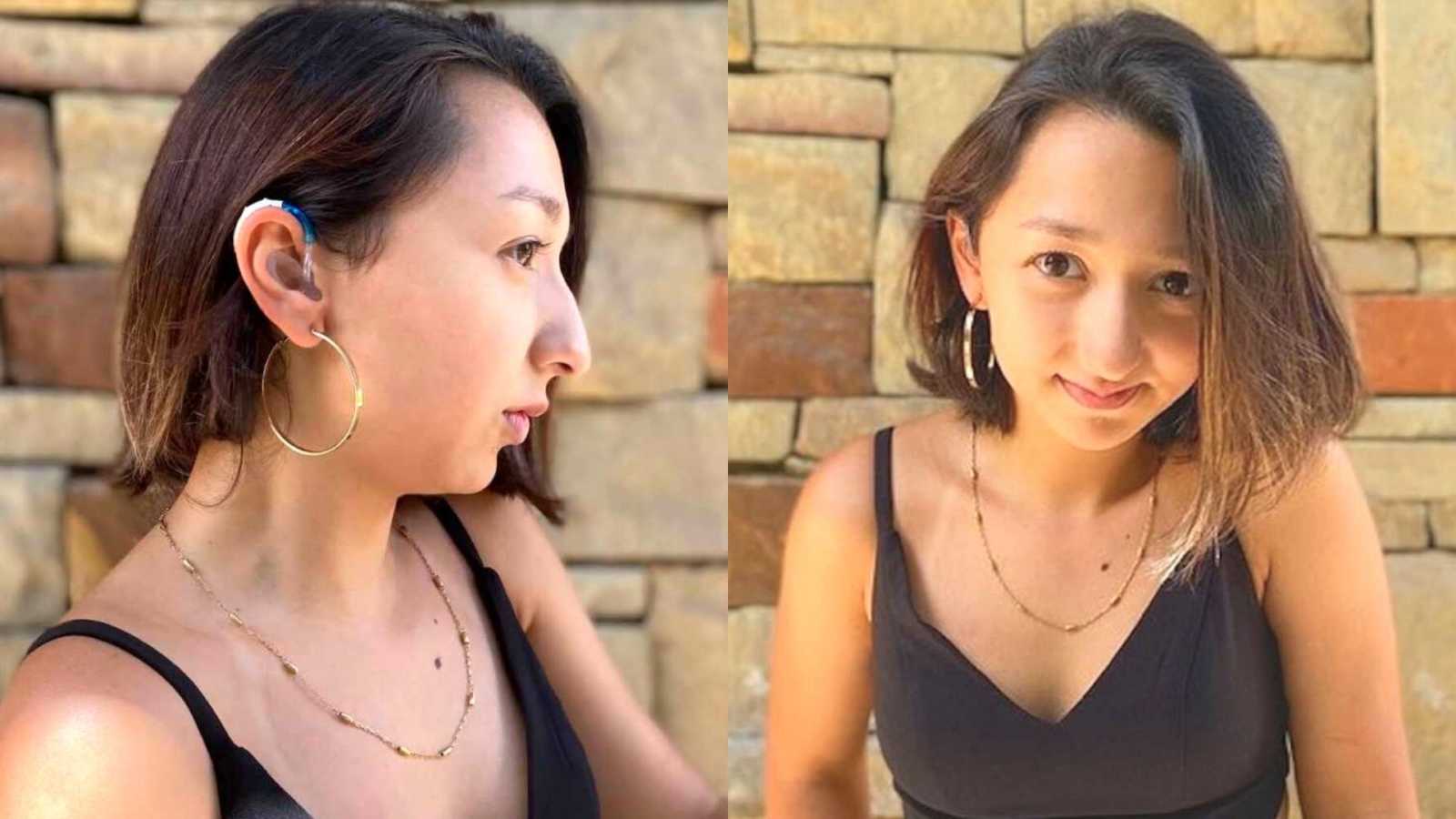“The first time I was fitted with hearing aids, it was like something switched on in my brain. All of a sudden, words were more than just whistles, footsteps were more than just vibrations, music was a mixture of different tones, and my voice felt booming and crystal clear. I rediscovered the sound of leaves rustling in the wind, raindrops tapping against my window, the click-clack of keyboards, and the strum of a guitar.
I hated it.
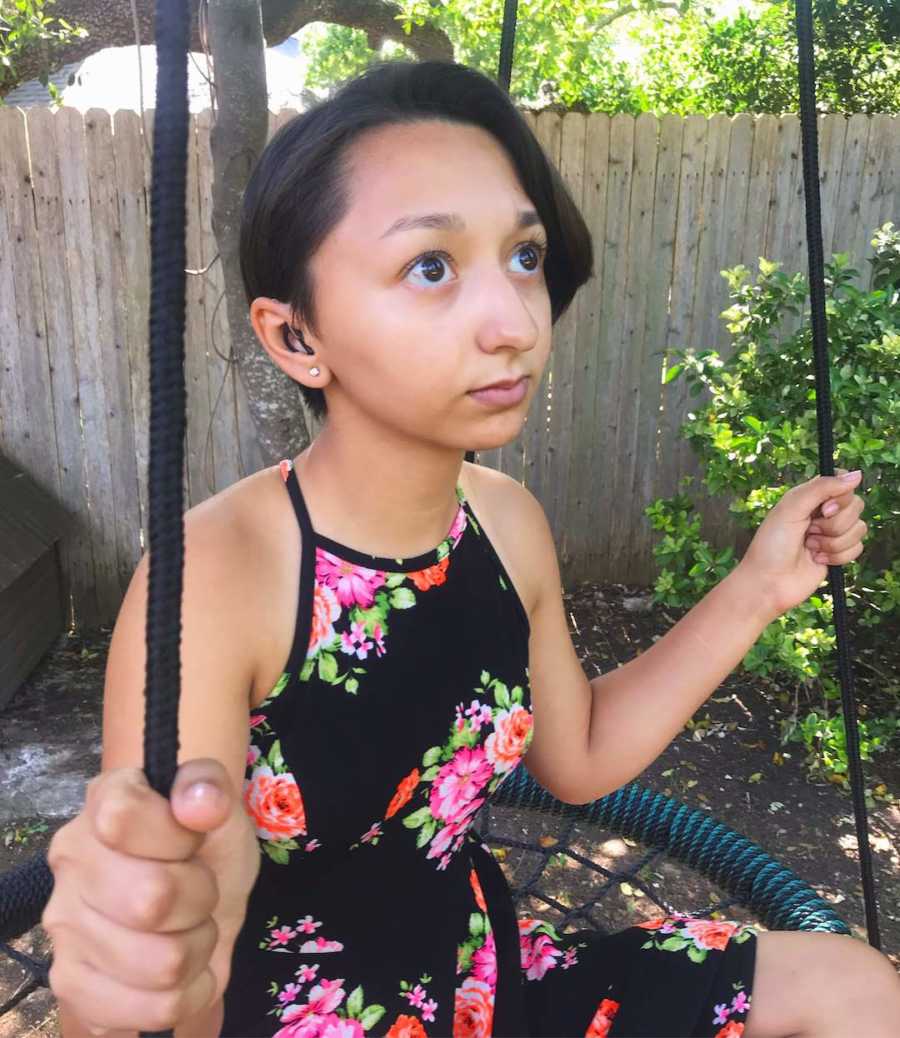
Not just the feeling of noise dancing in my head, but the prospect of these clunky brown plastic gadgets sitting behind my ears for the rest of my life, and the idea I would even need them in the first place. I felt useless.

Unsure if the feeling was greater with or without them, I hid them behind my hair and tried my best to fit in. When I couldn’t, I would ‘forget’ them at home. While it felt good to pretend like I was hearing, the consequences were clear. I struggled to pay attention to my teachers and socialize with other kids. I often felt sad and excluded. I nodded my head through conversations I couldn’t grasp, laughed at the jokes I didn’t quite catch, and never spoke up when words didn’t make sense. I was too ashamed of my differences to accept them and allowed self-judgment to keep me from succeeding.
I didn’t want to be ‘hearing impaired.’ I wanted to be normal.
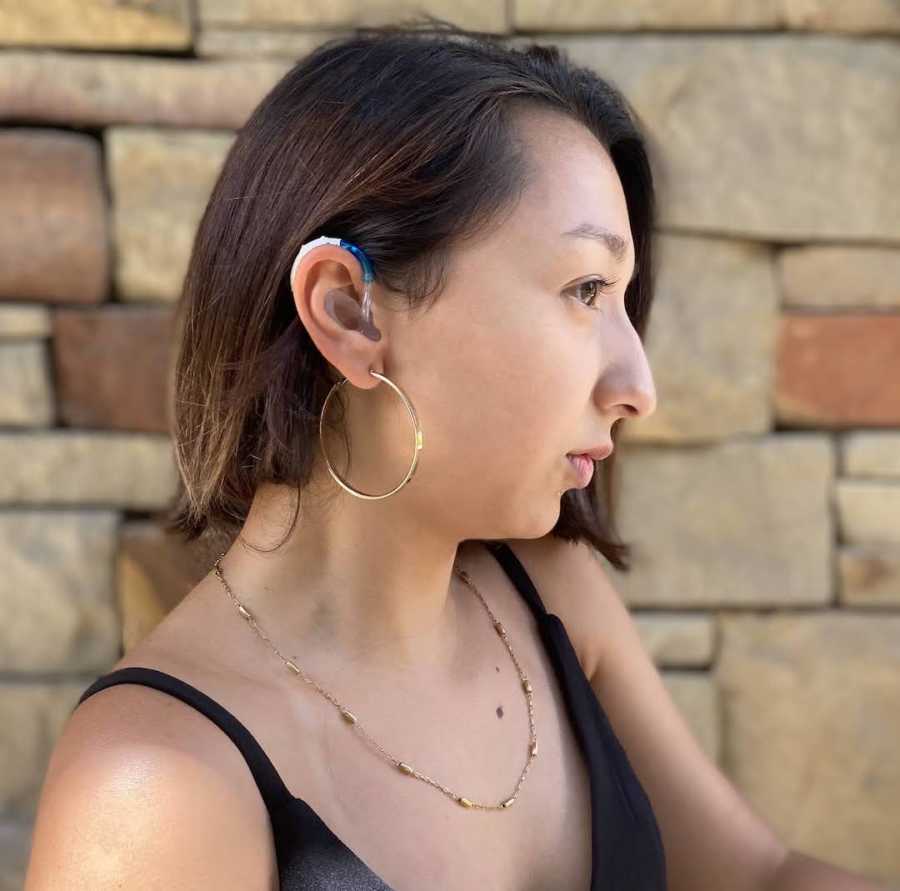
Trying to be normal worked for me, at least for a while. But as I grew up, my hearing loss worsened, becoming more noticeable than my hearing aids could ever be. Even with my devices at full volume, I couldn’t get the full picture. It was like putting together a puzzle every time I had to listen, but the pieces were not all there. It was around that time a mentor noticed me struggling, and during one of our conversations asked, ‘Have you ever considered the label of deaf?’
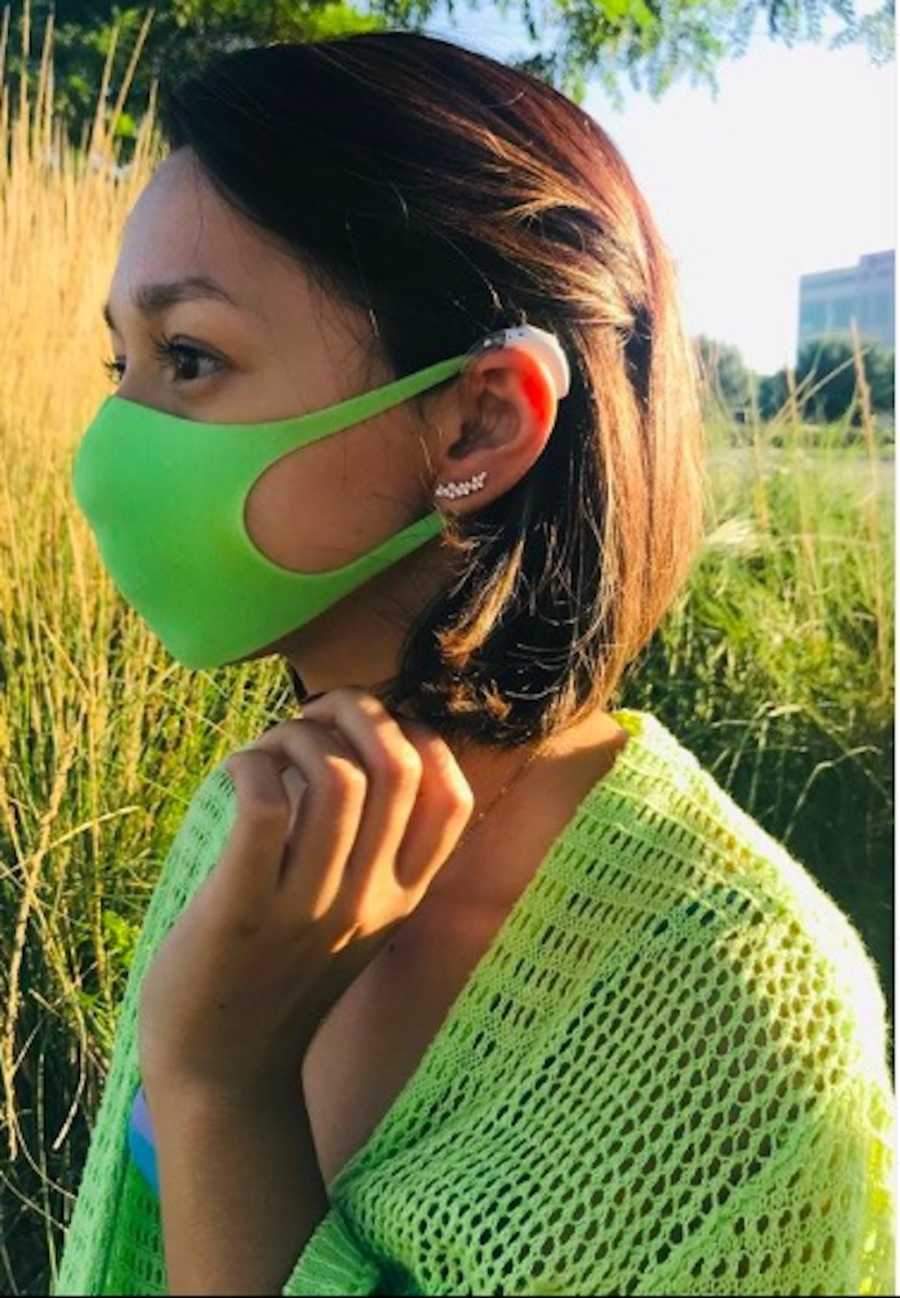
She invited, ‘You should join a meeting at the Texas School of Law to help the National Association of the Deaf create new legislation benefiting deaf and hard of hearing people.’ I was hesitant to accept, and in the days leading up to it, riddled with anxiety. As soon as I entered the meeting room, however, I was amazed by the incredibly diverse group of people gathered there. Nearly everyone in attendance was deaf, and they were all unique. Some of them communicated with sign language, some with writing, and some with speech. There were even people using hearing aids and cochlear implants.
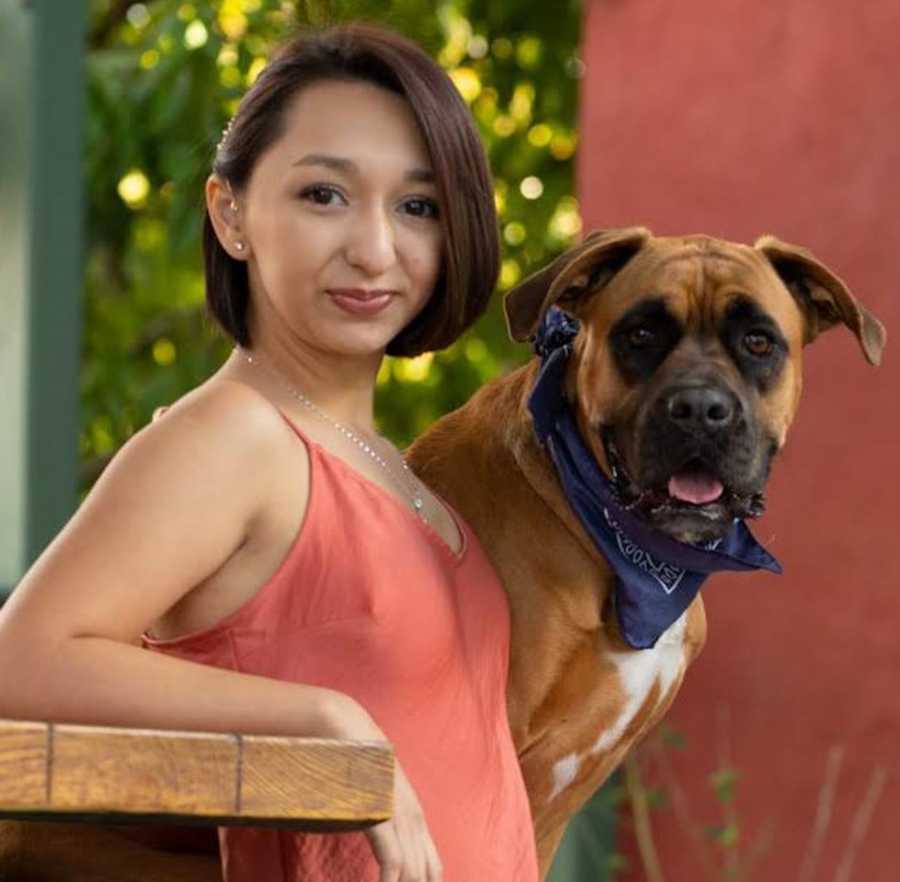
For the first time, I wasn’t the odd one out. There was a whole community of people like me that I could be a part of, and I wished I had known about it sooner.
After this, I knew what I had to do. I took up learning American Sign Language, which has broken down barriers and opened up doors for me, both in educational and social settings. I read everything I could about the deaf community and its history. I attended deaf events, met amazing people, and made some friends I could truly connect with and learn from. I learned to wear my hearing aids with pride, choosing bright colors, and coming up with creative ways to make my ears stand out and sparkle. Most importantly, I began to advocate for myself and others, speaking up with newfound confidence. I found myself transitioning from the physical condition of not hearing to being part of a culture and community.
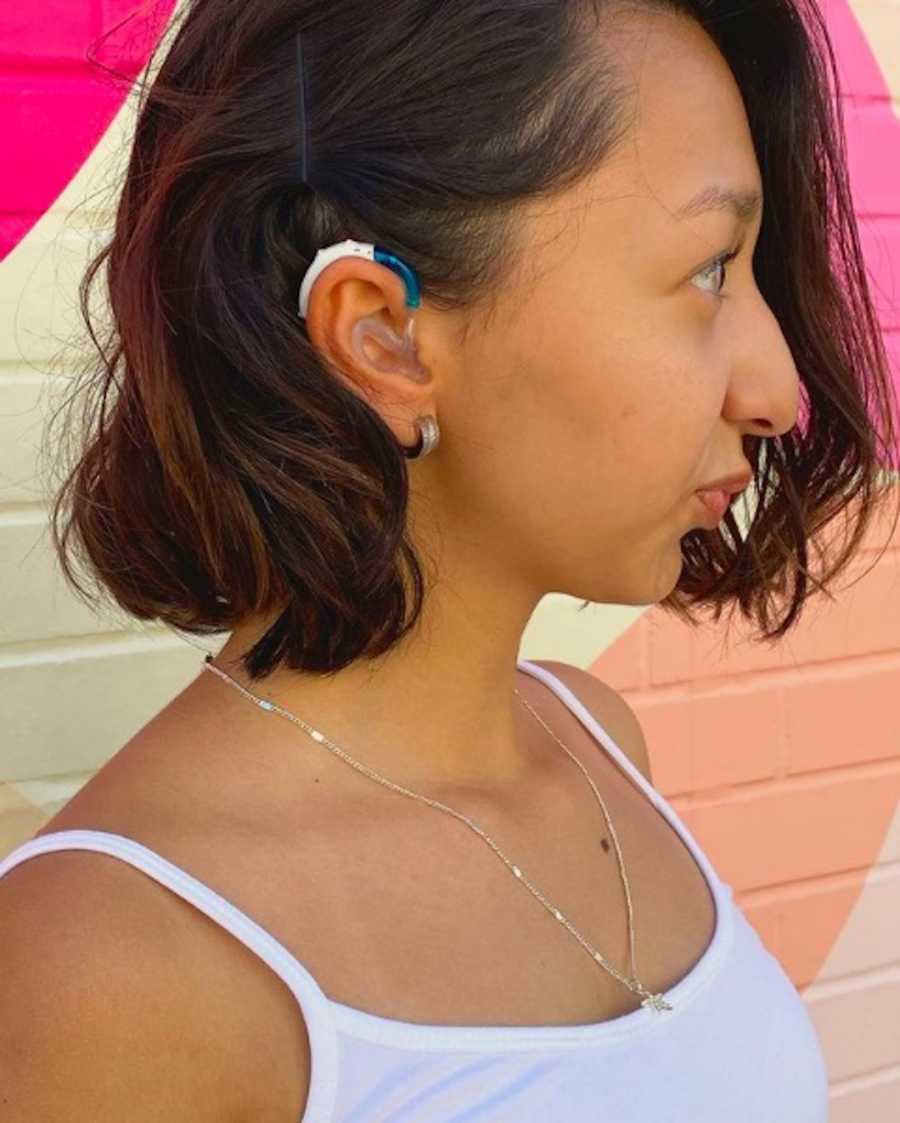
In 2018, I started my Instagram blog, DeafLoud, to share my experiences with deafness. My audience has slowly grown these last 2 years, and I meet new people in the community every day. I began receiving messages nearly every day from audiologists, parents of deaf kids, and people with newly diagnosed hearing loss. They shared their stories with me and have said things such as, ‘Your story has inspired me to get involved with the deaf and hard of hearing community, and love myself, deafness and all.’ While I have received some negativity on social media, the experiences I’ve had are overwhelmingly positive. The deaf community on social media has played a pivotal role in helping me be proud of my deaf identity.
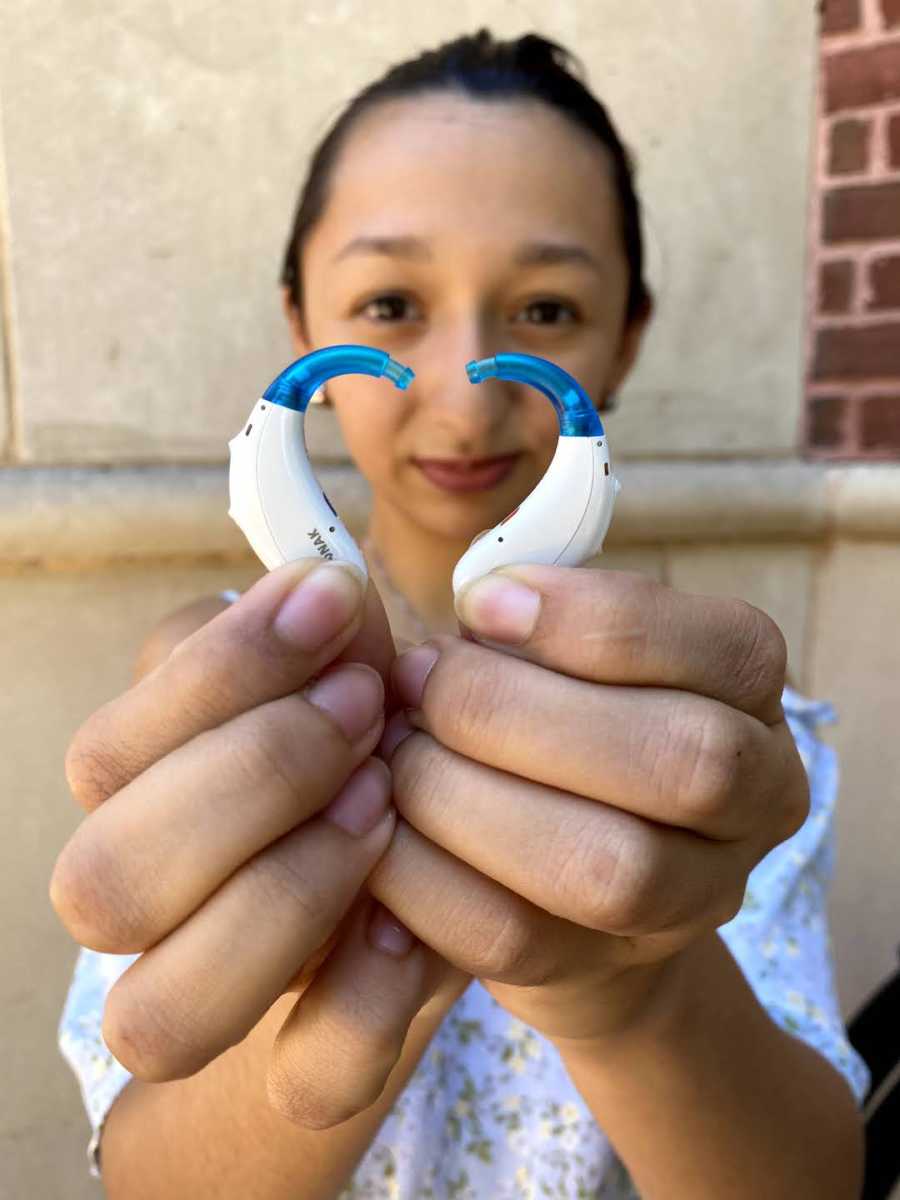
Earlier this year, I was invited to work with Phonak, the leading hearing aid manufacturer in the world, in their social media department. I joined a team we call the ‘Phonak HEARos,’ a group of audiologists and people with hearing loss writing about their experiences for others to learn from. I’ve published a handful of articles for HearingLikeMe.com, in hopes my knowledge and experiences can help someone out there. Working with Phonak has made me realize I have become the person I wished I had when I was younger. My hope is by building a community, deaf, and hard of hearing people can be proud of who they are instead of feeling broken.
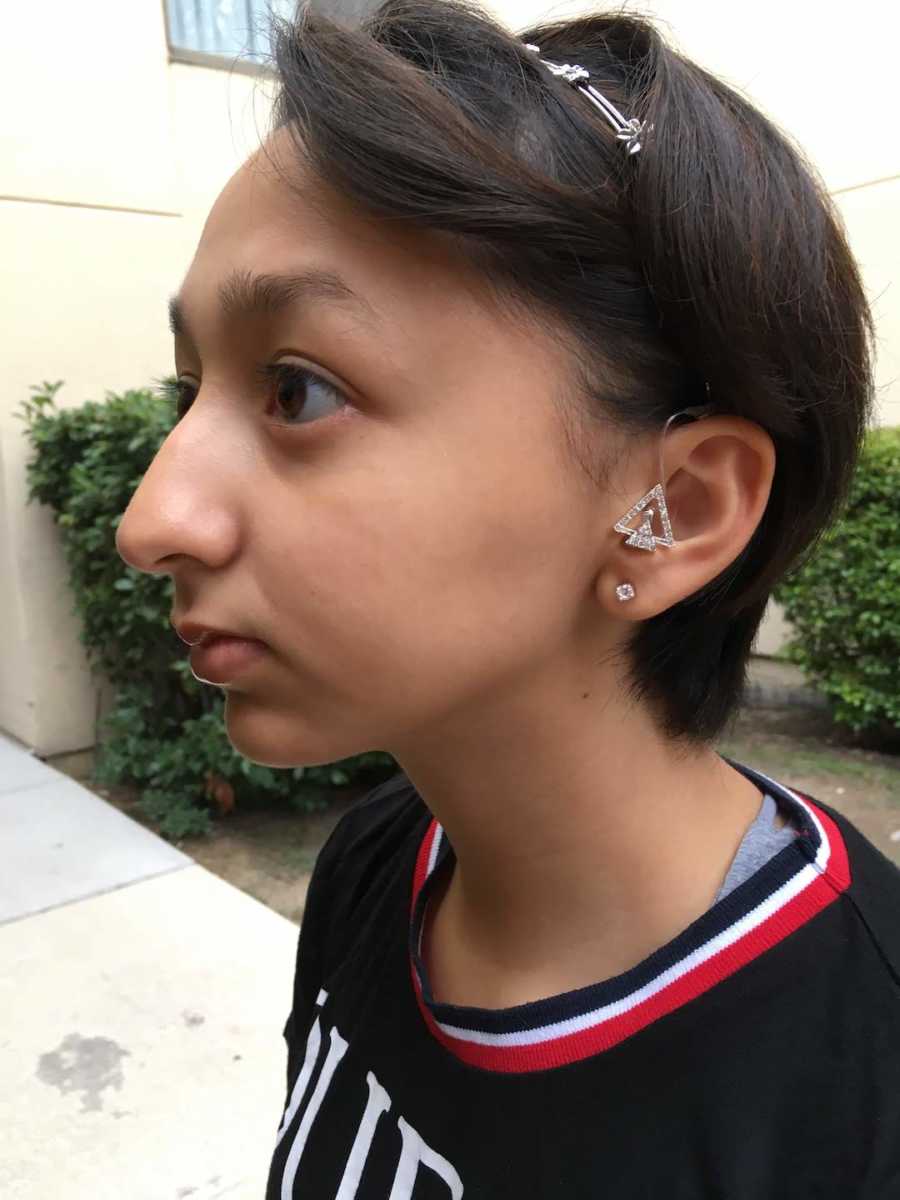
This job has also helped me in my future long-term career. I am also a full-time Biomedical Engineering student at the University of Texas, an interest which is fueled by my experiences with hearing technology. I hope to be part of the wave of deaf individuals becoming involved in hearing healthcare.
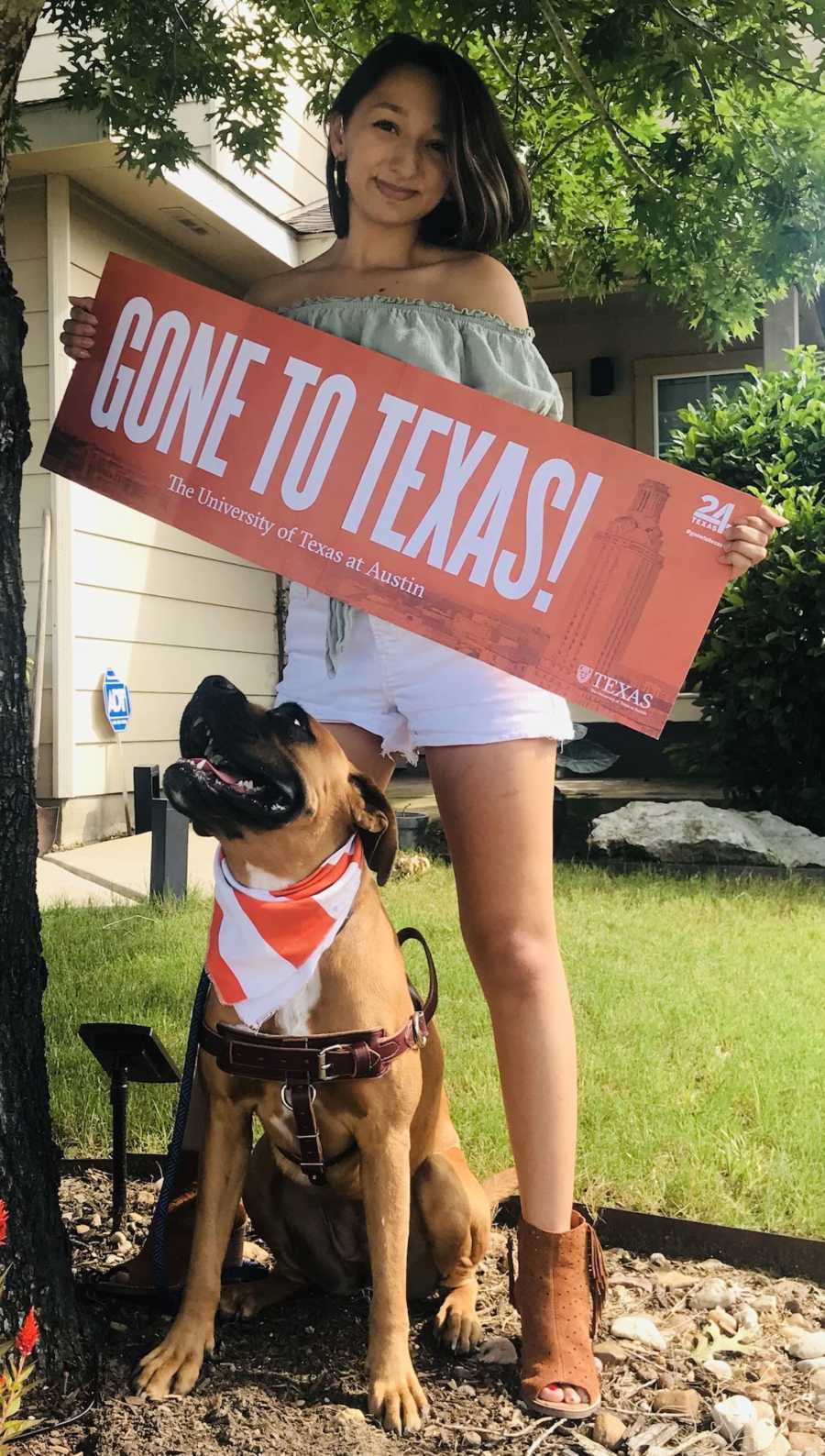
Over the years, I’ve paid attention to the many flaws in existing hearing technology and wondered how they can be improved. One of the biggest gaps I see is in patient education and involvement. A patient should be informed enough to make the decision that is best for them and their needs, and not be influenced by the stigma that surrounds hearing loss. I hope by continuing to educate my audience, I can create ripples in the greater community and change some perspectives.
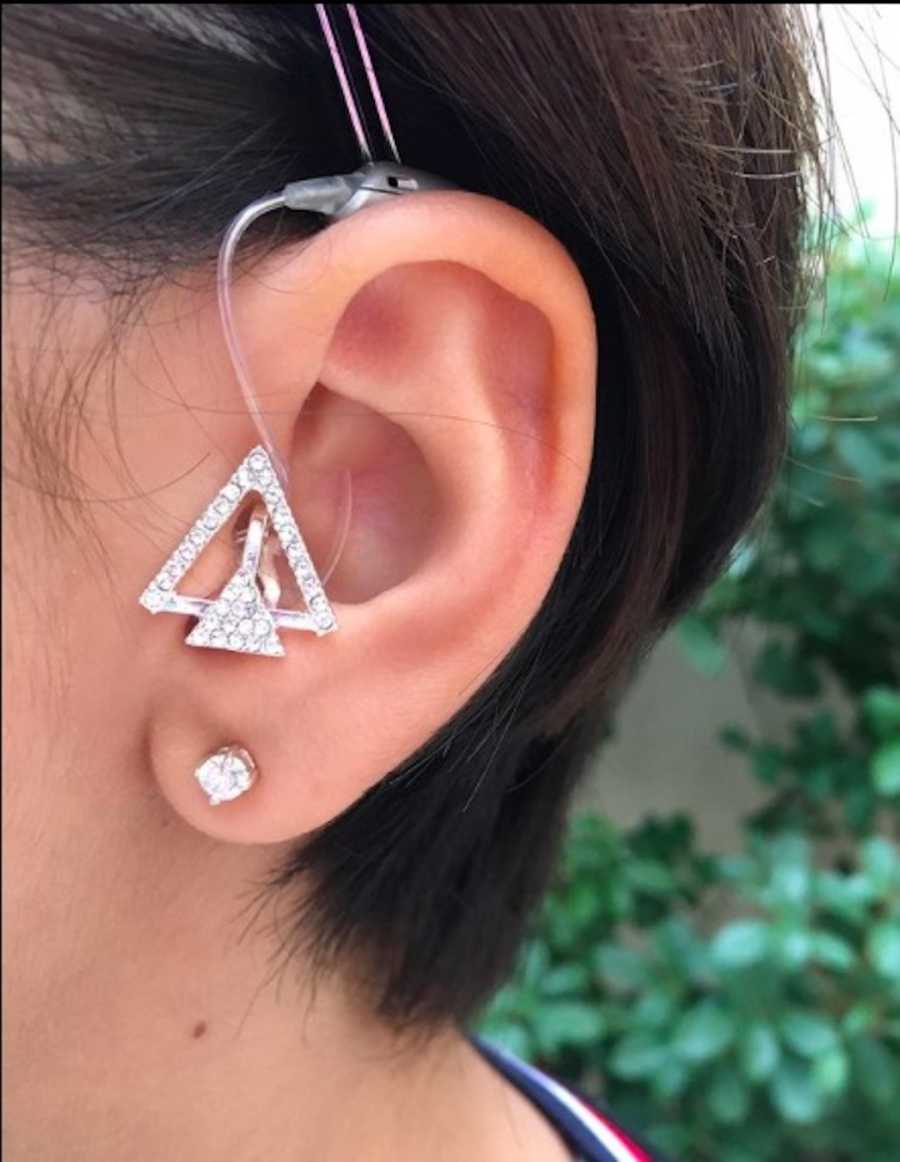
Throughout my journey, I’ve learned the hard times are just as valuable as the good times because from them, I learned resilience and self-worth. I now know the reason I struggled was not due to my deafness, but because my needs had not been addressed.
While it’s not difficult for someone to write something down, use a little sign language, or simply make eye contact while they’re speaking, it makes a world of difference. However, my struggles for accessibility are not over, and I will continue advocating for my community’s rights in hopes someday we won’t need to fight anymore.”
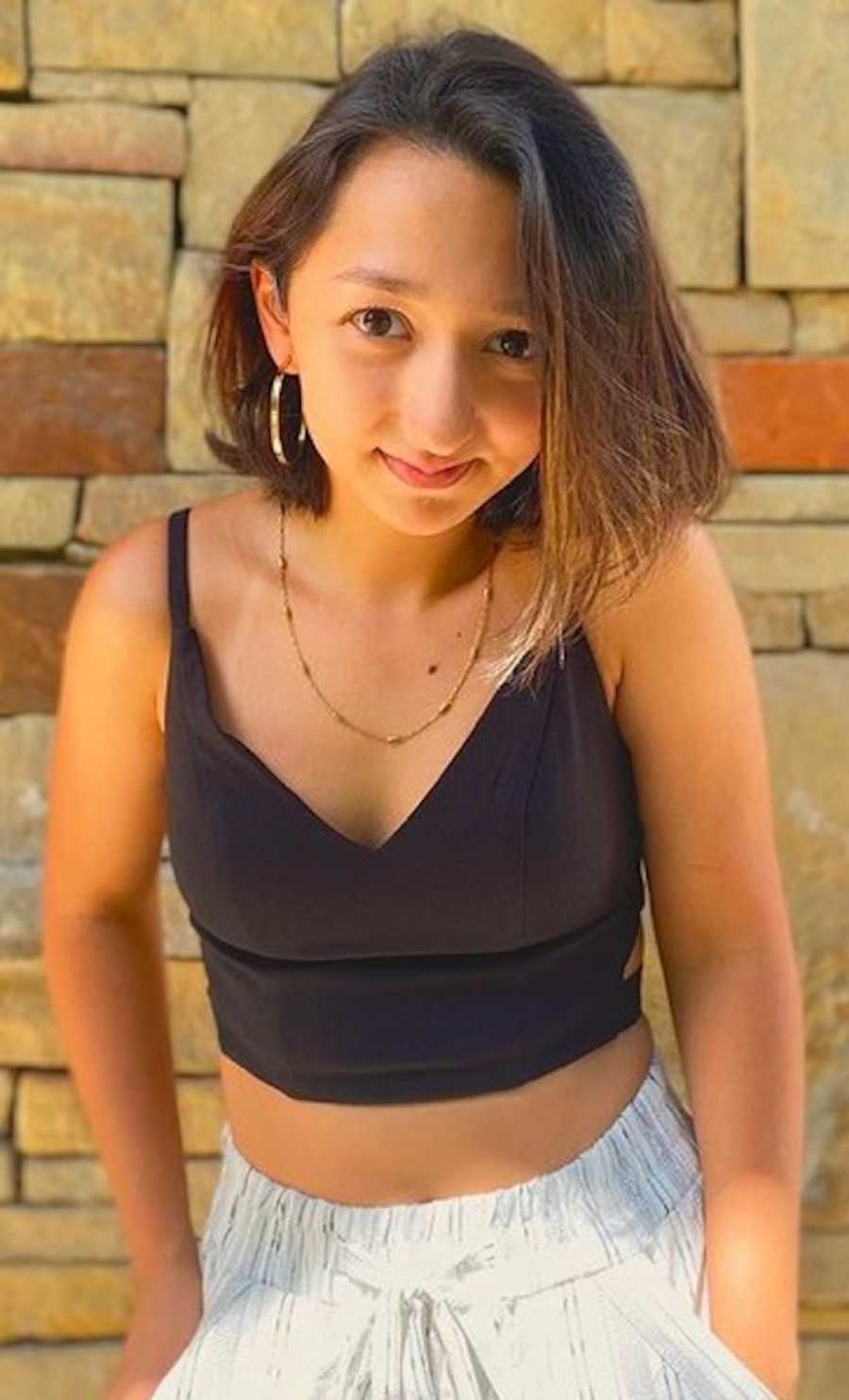
This story was submitted to Love What Matters by Isabella Candanosa. You can follow her journey on Instagram. Submit your own story here, and be sure to subscribe to our free email newsletter for our best stories, and YouTube for our best videos.
Read more stories like this:
Help spread deaf acceptance awareness in people and in our furry friends. SHARE this beautiful story on Facebook with friends and family.

